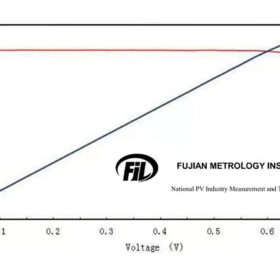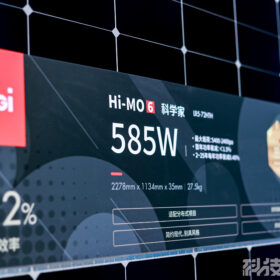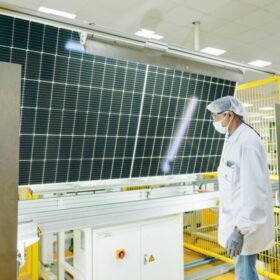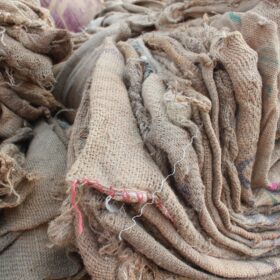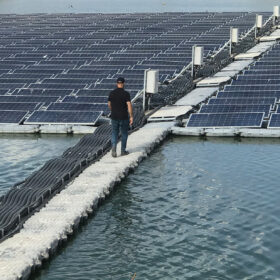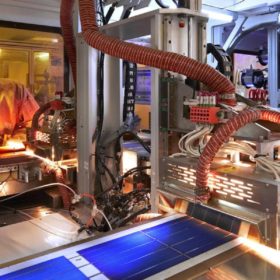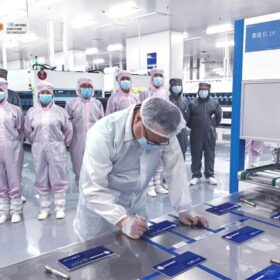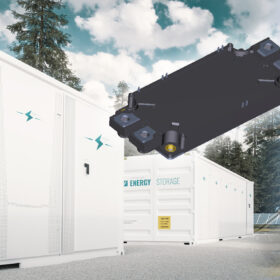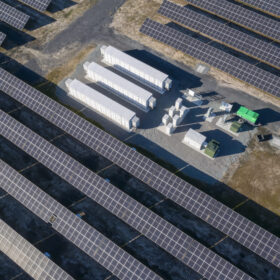Das Solar claims 26.33% efficiency for n-type TOPCon solar cell
The cell has an area of 333.4 cm2 and is based on passivating contacts based on polysilicon and silicon monoxide (SiOx). The Fujian Metrology Institute in China has confirmed the result.
Indian state of Karnataka plans 500 MW solar plant
Karnataka Renewable Energy Development Ltd. (KREDL) is seeking a consultant to assess the feasibility of a planned 500 MW solar park in the Indian state of Karnataka.
Longi betting on back-contact solar cell tech
Longi Chairman Zhong Baoshen said last week that that the company’s hybrid passivated back contact (HPBC) technology will dominate its production capacity in the future.
Tata secures $425 million from US development bank for 4.3 GW solar fab
Tata Power’s greenfield 4.3 GW solar cell and module manufacturing plant in the Indian state of Tamil Nadu is expected to start PV module production by the end of this year.
Bangladesh Jute Mills Corp. signs PPAs for 90 MW of rooftop PV
Bangladesh Jute Mills Corp. (BJMC), which manages all government-owned jute factories and industries in the South Asian country, has agreed to buy power from six different project developers under a 20-year power purchase agreement (PPA).
Philippines to build new 100 MW floating solar power farm
Zonal Renewables plans to construct a new 100 MW floating solar project on a 90-hectare fishpond in the Philippines, in Cadiz, Negros Occidental province.
Chinese PV Industry Brief: Trina buys 40 GW of factory lines from Robotechnik
Trina Solar said it will use the equipment at its factories in Huaian, Yangzhou, Dongtai, and Tinghu, which are all in Jiangsu province.
Huasun claims 25.69% efficiency for heterojunction solar cell
Huasun Dali started producing high-efficiency 210 mm HJT solar cells this week, and is expected to achieve an average efficiency of 25.5% in mass production.
Toshiba unveils silicon carbide MOSFET for PV inverters
Toshiba has developed a 2,200 V silicon carbide (SiC) MOSFET for inverters and energy storage systems, in order to help inverter manufacturers to reduce the size and weight of their products.
India approves viability gap funding scheme for battery storage development
India aims to develop 4 GWh of battery energy storage systems (BESS) by 2030-31 through its viability gap funding (VGF) scheme. The selection of BESS developers for VGF grants will undergo a transparent, competitive bidding process.
